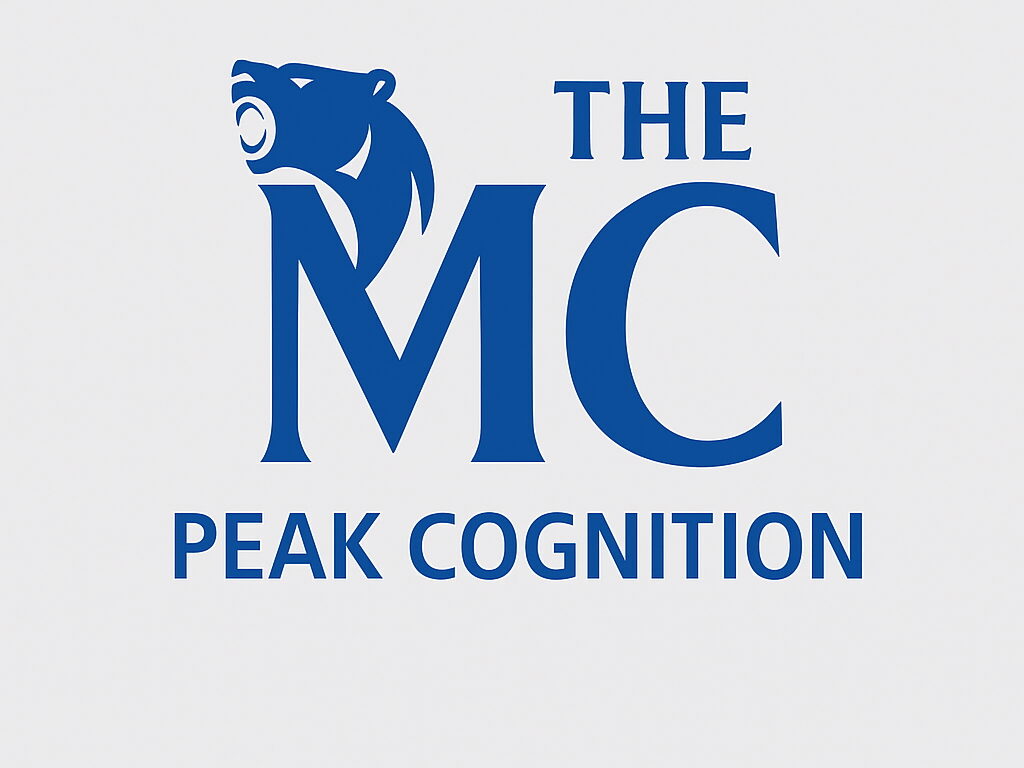Finding “Flow”

Daniel Goleman, author of the bestseller “Emotional Intelligence,” is a regular contributor to Korn Ferry. His latest book, “Altered Traits: Science Reveals How Meditation Changes Your Mind, Brain, and Body,” is available now.
If you’ve ever lost yourself in a creative project, like developing an app or writing a story, or have competed at the top of your game, whether athletically or mentally, you’ve likely experienced “flow,” a state that underlies people’s best performance. Neuroscience calls flow a state of “neural harmony,” while cognitive science sees it as allowing optimal mental performance. In flow, we channel positive feelings in an energized pursuit of the task at hand. Our focus is undistracted, and we feel a spontaneous joy, even rapture. There’s a quality of effortlessness to our work. This state of maximum cognitive efficiency leads to increased productivity.
On a neurological level, our brains in flow release just enough of the stress hormones cortisol and adrenaline to keep us energized and engaged, as well as some dopamine and norepinephrine, which help keep us focused. Flow occurs in the zone between stress and performance.
In flow, only the brain areas relevant to the task at hand activate, making us undistractable. In contrast, the brain of a person who is bored displays randomly scattered neural activation. They lack the motivation and inspiration necessary for engagement. And the brain of a person who is stressed and frazzled has lots of activity in irrelevant emotional circuitry, creating an anxious distractedness that can eventually lead to burnout.
Anyone in any domain of performance can tap into flow. Identifying your passions and vision (with the help of the competence emotional self-awareness) can help you better align your work with your values and interests. When we have an emotional investment in our work, we love doing it–what experts call “intrinsic motivation.” Cultivating your ability to focus and your flexibility in how you meet shifting challenges (a sign of the competence adaptability) are also signs of a flow state.
In one sense then, a leader’s job includes helping people get into or near a state of flow, where they can operate at their best. Here are some leadership tactics to help:
- Offer stretch goals, helping employees find the right amount of challenge to fit their abilities. If an employee seems bored and disengaged, stretch assignments that align with interests or their own career goals can help them achieve optimal performance.
- Ease stress. If an employee appears constantly frazzled, check in with them to see if easing their assignments or workload could help them recover from stress and achieve a more effective balance between effort and rest.
- Set clear goals. Clarity around expectations makes it easier to for employees to give a task their complete attention–and for a leader to give clear and immediate performance feedback. But once that clear goal has been laid out, autonomy is also vital. Leaders who give employees the space to fail and incentivize smart risk taking foster an environment in which creativity and innovation can flourish.
